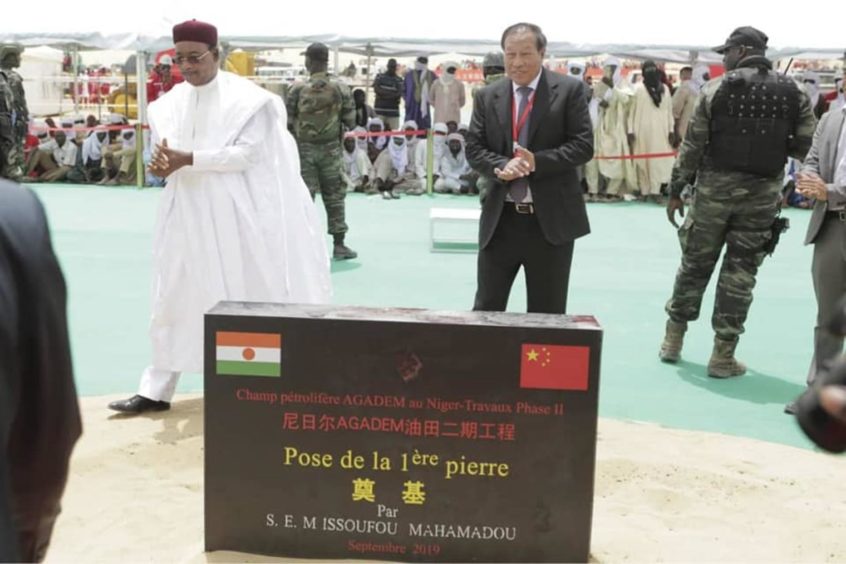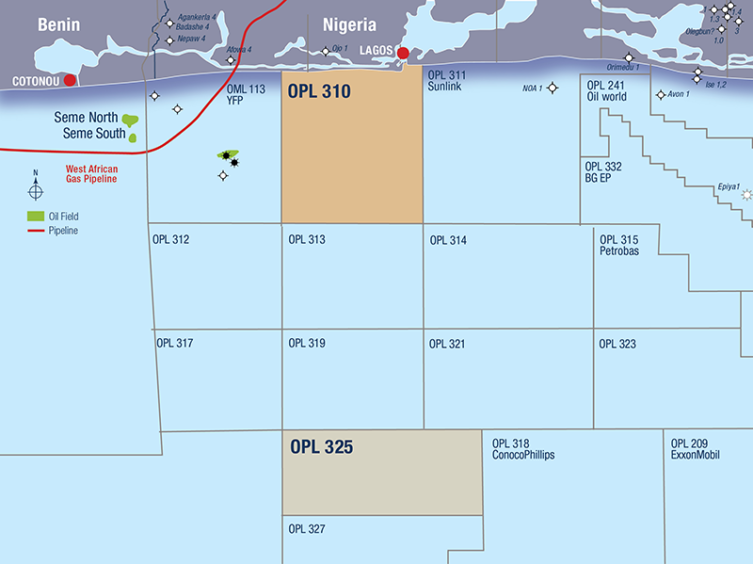
Zenith Energy has made an offer to take over Block 1 offshore Benin, which holds the Sèmè oilfield.
The London and Oslo listed company said Sèmè held P2 reserves of 22-28 million barrels of oil and 428 billion cubic feet of gas. The field halted production in 1998, at which point it had exported 22 million barrels of oil – a 22% recovery factor.
Zenith said there was “significant margin for improvement” of recoverable volumes. It would use modern completion techniques, horizontal drilling and improved 3D seismic.
Benin held an offer process for the country’s only proven field, which closed on September 15.
Zenith reported that previous operators had drilled 23 wells on the block. Nigeria’s Sapetro drilled the last well, in 2009, finding oil but was deemed uncommercial. Zenith said the decision on commerciality was based on low prices.
The field is in shallow water, with onshore facilities and a tank farm. There are three platforms, Sapetro installed the last in 2014-15.
Zenith said its plan to “rapidly restore” production would use the existing infrastructure, installed in 2015.
“We are delighted to have submitted this offer for what is an extremely exciting opportunity in Benin, representing the largest and most prospective oilfield in the country,” Zenith CEO Andrea Cattaneo said.
Cattaneo said the block had “significant untapped, independently assessed oil and gas reserves, a proven history of material oil production and existing field infrastructure. These key qualities make it a potentially highly enriching addition to our portfolio and fully satisfy the key criteria defining our growth strategy.”
Next steps
Beyond the existing Sèmè field, Zenith has said there is development and exploration potential in the emerging syn-rift play. Companies have made some discoveries in this play on the Nigerian side of the border, including Lekoil’s Ogo field.
Should Benin accept Zenith’s offer, the company will launch a due diligence process. It will also begin talks with the ministry on a production-sharing agreement (PSA).
Norway’s Saga Petroleum developed Sèmè from 1979 to 1983. Sapetro’s plan to restore production involved a plan for three producing wells, with targeted output of 6,000 barrels per day.


